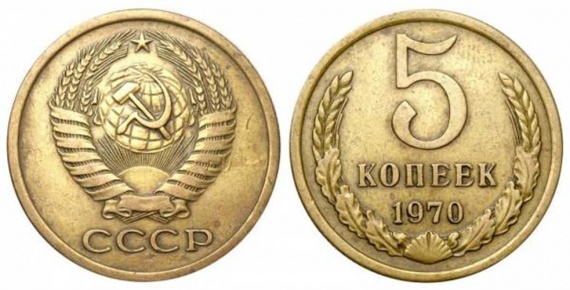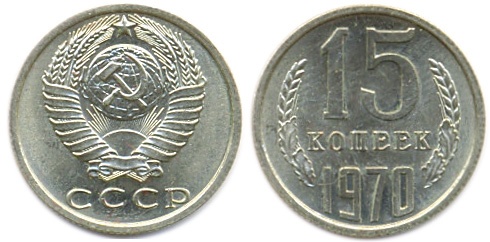Автор: Леус Дмитрий Исаакович 24.11.2015
Главным достоянием Татарстана можно считать Татнефть, в Башкирии – Башнефть, то в Республике Якутия – это Алроса. Компания Алроса — лидер мировой добычи алмазов, с долей рынки чуть менее 30%, у основного конкурента, компании De Beers, она меньше. К тому же компания De Beers частная, не торгуемая на бирже, а Алроса недавно провела успешное IPO, и цена на акции в несколько раз выросли, забегаю вперед скажу, что сейчас они находятся в стадии коррекции, но об этом позже. Основные алмазодобывающие мощности находятся в Якутии, запасы сырья у компании значительные. Ежегодно компания увеличивать производство алмазов, вытесняя своих конкурентов с рынка, т.к. обладает значительно более низкой себестоимость добычи, а после девальвации, затраты ещё стали ниже, так как основной сбыт продукции идет за доллары. Рентабельность по EBITDA выросла до значений выше 50%, что дает возможность генерировать не плохую прибыль.
В настоящее время на рынки алмазов наблюдается снижение спроса, как результат падение цены, что не могло не сказать на котировках акций компании (см. рисунок №1). Которые упали с уровня 84 рублей, до текущего значения в 50 рублей. Однако не только это повлияло на снижение, больше похоже на то, что выходит какой-то крупный игрок, возможно решив зафиксировать свою прибыль, или под негативным влиянием санкций. Игрок, распродав последнее, снимет гнёт и акции компании смогут выстрелить стремительно вверх, после преодоления линии снижающегося тренда.

Алроса, инвестиции от Дмитрий Леуса
Рисунок №1. Котировки акций Алроса в 2015 году.
На график котировок акций не попала линия поддержки, находящая на уровне 48 рублей, при достижении которой и стоит покупать акции. Оптимальным считается покупка акций надо на дне, чтобы получить максимальную прибыль от вложений. Многие допускают ошибку, покупая на пиках, и обжегшись, больше никогда не вкладывают в акции на фондовой бирже.
Перспективы у компании очень хорошие, если бы не дальнейшее снижение рубля, то по итогам текущего года компания могла показать рекордную прибыль, около 100 миллиардов рублей, но девальвация благо для компании, как я уже писал выше. И вполне возможно в 2016 году мы увидим прибыль ещё выше, я допускаю возможность увидеть и 120 миллиардов рублей! А с учетом того, что дивидендная политика компании предусматривает выплату дивидендов в размере 35% от чистой прибыли по МСФО, они будут более чем достойными.
Несмотря на то, что компания №1 по добычи в мире алмазов, она продолжает расти, собираясь в течении ближайших 3-5 лет увеличить добычу ещё на 20% от текущих уровней. Конкуренты же не вкладывают в своё развитие, разработка новых алмазных шахт, очень затратное дело и значительное по времени, да и нету сейчас таких месторождений в мире. Нынешние месторождения истощаются, и уже в 2017 году будет наблюдаться дефицит, и с годам он будет только расти. У Алросы имеется солидный запас уже добытых алмазов на складе, по самым скромным подсчетам, составляющий порядка 50 миллиардов рублей! А ещё компания намеревается в ближайшее время продать, свою газодобывающую дочку Роснефти, выручив за неё 50 – 60 миллиардов рублей.
Если вы ещё раздумываете, то стоит поспешить, как долго мировой лидер по добычи алмазов будет торговать на уровне меньше четырех годовых прибылей, сказать сложно, но думаю что это не надолго.




